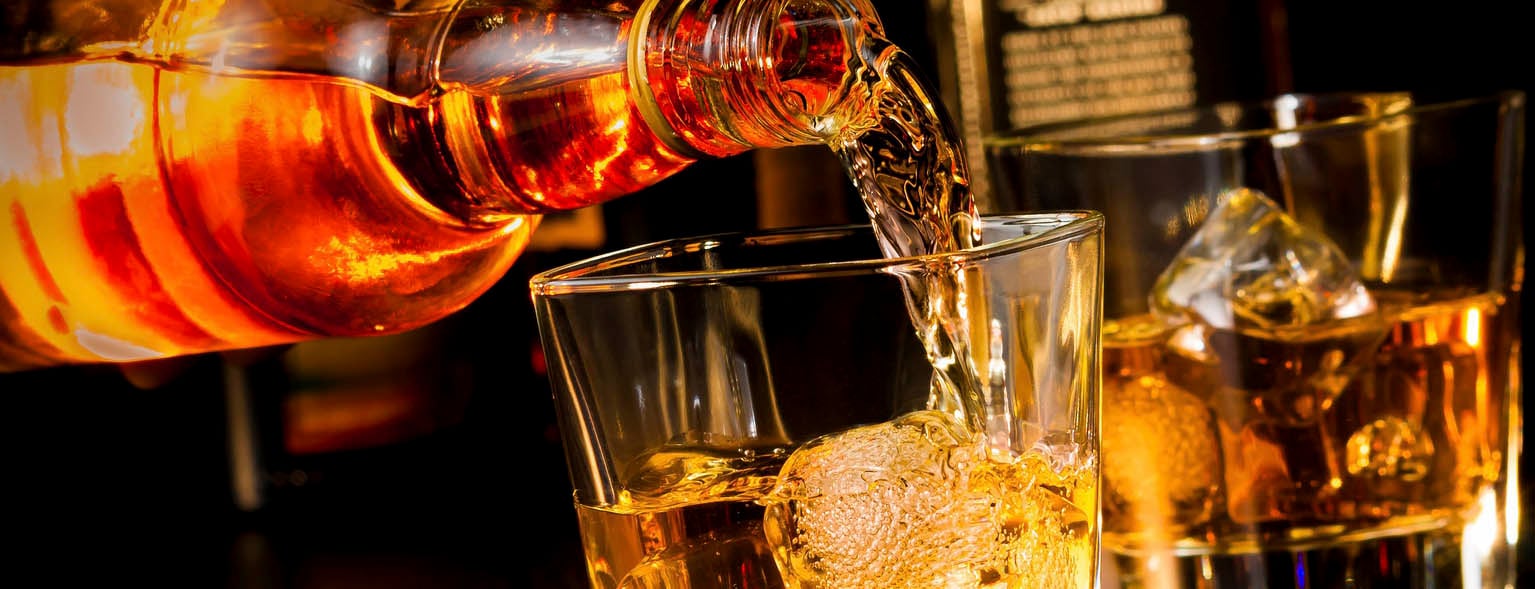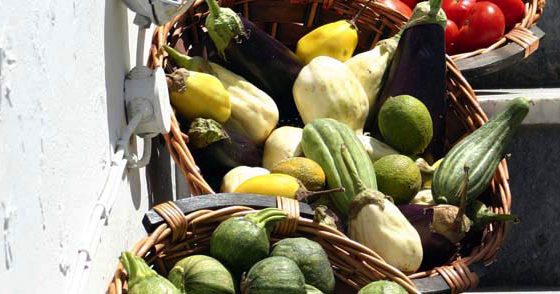Purpose: To provide a cost-benefit assessment of medications used in relapse prevention of alcohol disorders.
Background: Medications for relapse prevention of alcohol disorders in outpatient treatment settings are generally still underused, despite the fact that alcohol disorders are associated with significant secondary problems and increased mortality rates.
Patients and methodology: This American meta-analysis included randomized controlled trials (RCTs) published between January 1970 and March 2014. Using a systematic search of several medical databases, e.g. PubMed, EMBASE, Cochrane Library, etc., RCTs were collected that had lasted at least twelve weeks and met certain minimum methodological standards.
Results: There were 122 RCTs and one cohort study included in the meta-analysis (total of 22,803 patients). Most studies had examined acamprosate (27 studies, n=7519) and/or naltrexone (53 studies, n=9140). Regarding prevention of relapse, a Number Needed to Treat (NNT) of 12 was found for acamprosate, and an NNT of 20 was found for (oral) naltrexone. For prevention of severe drinking events, naltrexone achieved an NNT of 12. Regarding relapse prevention, there were no differences between acamprosate and naltrexone. The intramuscular depot form of naltrexone was not associated with relapse prevention, but a significant reduction in heavy drinking events was found. Moderate evidence was found for nalmefene (significant reduction in drinking days/month and significant reduction in drinking amount/day) and topiramate (significant reduction in heavy drinking events and drinking amount/day).
Authors’ conclusions: Acamprosate and naltrexone are associated with significant relapse prevention. When these two drugs are directly compared in terms of effectiveness, no statistical differences are seen. Factors such as potential side effects, availability, and frequency of use help guide decisions about which medication to use.
Comment: This is a methodologically high-quality and important paper by Jonas and colleagues, as the topic is also of very high clinical importance in Switzerland. Unfortunately, there is a large treatment gap for patients with alcohol dependence, i.e. the majority of those affected do not even receive adequate addiction medical treatment in the first place. The reasons for this are manifold: shame, stigmatization and faulty understanding of the disease among patients (but also among practitioners). Often, both parties are unaware that multiple effective pharmacologic treatment options are available. On a positive note, four drugs have so far been approved in Switzerland for the indication of alcohol relapse prophylaxis: Disulfiram, naltrexone, nalmefene and acamprosate. The drugs have pharmacodynamically different targets, so that on the one hand combination possibilities exist, but also with regard to patient wishes and previous experience a differentiated therapy indication is possible (e.g. support of complete abstinence by disulfiram and/or acamprosate or drinking quantity reduction by nalmefene or naltrexone). Primarily, the drugs approved in Switzerland should always be used.
InFo NEUROLOGY & PSYCHIATRY 2016; 14(3): 33.












